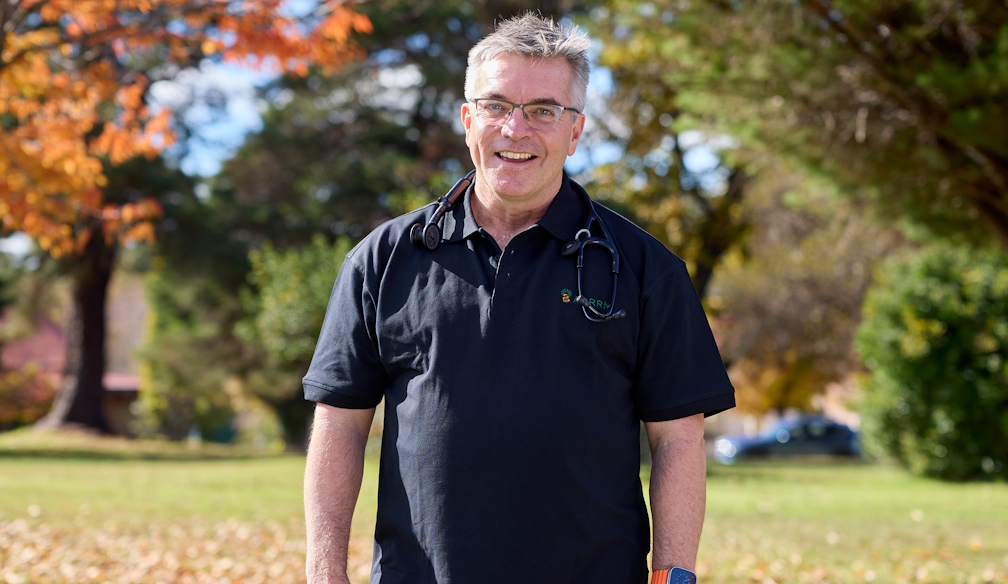Rural men urged to ‘see your GP’ and prioritise their wellbeing
- Written by The Times

This International Men’s Health Week (9–15 June), the Australian College of Rural and Remote Medicine (ACRRM) is backing the national “See Your GP” campaign launched by Healthy Male and the Centre for Male Health.
The campaign urges men to prioritise their wellbeing and book a health check.
ACRRM President Dr Rod Martin says the campaign’s message, “Before you take everyone else’s advice, talk to your doctor”, is especially vital for men in rural, remote, and First Nations communities.
“Too often, rural men put off seeing a doctor, whether it’s due to distance, busy workloads, or the old attitude of ‘she’ll be right’,” Dr Martin says.
“But the truth is, early checks and conversations with your doctor can save your life — and your Rural Generalist (RG) doctor is there to help you, not judge you.”
“Recent data shows men living in very remote areas die up to 13 years earlier than those in cities, and rates of potentially avoidable deaths are two and a half times higher.
“Many of these deaths are entirely preventable".
“When you live outside the urban footprint, you can’t afford to delay your healthcare,” Dr Martin emphasises.
“Having a regular check-in with your RG is one of the most important things you can do for yourself and your family.
“RG’s live and work in rural and remote communities, and they have knowledge and understanding of the unique mental and physical health risks men face.”
ACRRM continues to advocate for a strong RG workforce, better access to services, and training that ensures RGs have the unique and advanced skills needed to serve rural and remote communities who are most in need of specialised healthcare.




















